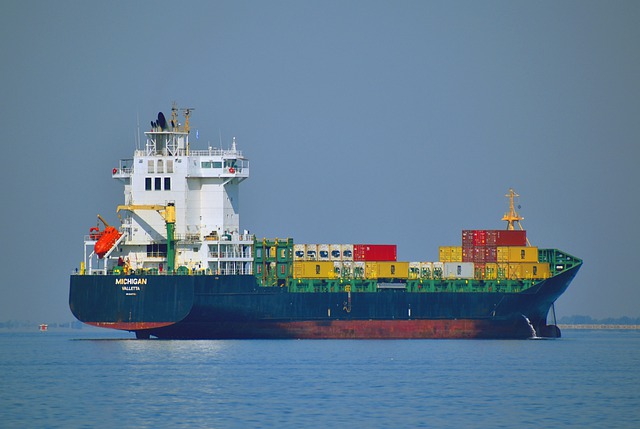Shipping Casters from Guangzhou/Shenzhen, China to San Antonio, TX, USA via Sea Freight
Shipping Options: FCL vs. LCL
1. Full Container Load (FCL):
- What is it? FCL means that your shipment will fill an entire container. For larger volumes of casters, this can be a cost-effective option.
- Container Sizes: The most common container sizes for FCL are 20ft and 40ft. The choice of container will depend on the volume and weight of your casters.
- 20ft Container: This is ideal for medium to large shipments, typically holding about 25-28 cubic meters of goods.
- 40ft Container: This larger container is used for bulkier shipments, holding around 55-58 cubic meters.
- Transit Time: The estimated sea freight transit time from Guangzhou/Shenzhen to the Port of San Antonio is approximately 22 days. However, keep in mind that additional time is required for customs clearance and inland transportation to San Antonio.
2. Less-than-Container Load (LCL):
- What is it? LCL is ideal for smaller shipments, where the volume of goods does not fill an entire container. Your casters will share container space with goods from other shippers, making it a cost-effective option for smaller loads.
- Transit Time: The LCL sea freight transit time is also around 22 days, but may vary depending on the number of stops the ship makes and the final port of destination.
- Additional Handling: LCL shipments require more handling as the goods are consolidated at the origin and de-consolidated at the destination port.
Shipping Routes and Destination Port
The shipment will leave from either Guangzhou or Shenzhen Port in China, two of the busiest ports in the country with extensive shipping routes to the USA. The destination port is San Antonio, TX, which typically involves unloading the goods at a nearby port, like the Port of Houston, followed by inland transportation to San Antonio.

Packaging of Casters
Proper packaging is essential to ensure the casters arrive at their destination in good condition. Here’s how to effectively package your casters for sea freight:
1. Cartons and Pallets:
- Primary Packaging: Each caster should be individually wrapped in protective material, such as bubble wrap, to prevent scratches or damage during transit.
- Secondary Packaging: Place the wrapped casters in durable cardboard cartons. The size of the cartons should correspond to the dimensions of the casters and should leave minimal empty space inside to prevent shifting.
- Palletization: For FCL shipments, goods should be stacked and secured on pallets to facilitate easy handling and transportation. Use sturdy wooden pallets (or plastic, if preferable for safety reasons) to prevent damage. Ensure the casters are tightly packed to avoid shifting during the sea journey.
2. Shrink Wrap and Strapping:
- After placing the cartons on the pallets, secure them using shrink wrap to keep everything in place. You can also apply steel strapping to enhance stability, especially for larger shipments.
- For LCL shipments, ensure that the goods are properly consolidated and packaged to avoid any damage during the consolidation process at the origin port.
3. Labeling:
- Proper labeling is crucial for both FCL and LCL shipments. Each carton should be labeled with the correct shipping details, including the consignee address, shipping marks, and handling instructions (e.g., “Fragile” or “Keep Dry”).
Sea Freight Costs and Customs
The cost of shipping casters will depend on several factors, including the shipping method (FCL or LCL), the total volume, and any additional services such as door-to-door delivery or customs clearance. When choosing the CIF (Cost, Insurance, and Freight) option, the shipping company will arrange for insurance and the cost of transportation up to the port of destination.
Customs Clearance: Upon arrival at the port in San Antonio, your shipment will need to go through U.S. customs clearance. Ensure all necessary documentation is in order, including the bill of lading, commercial invoice, packing list, and certificate of origin. The customs process can take some time, so make sure to account for this in your timeline.



